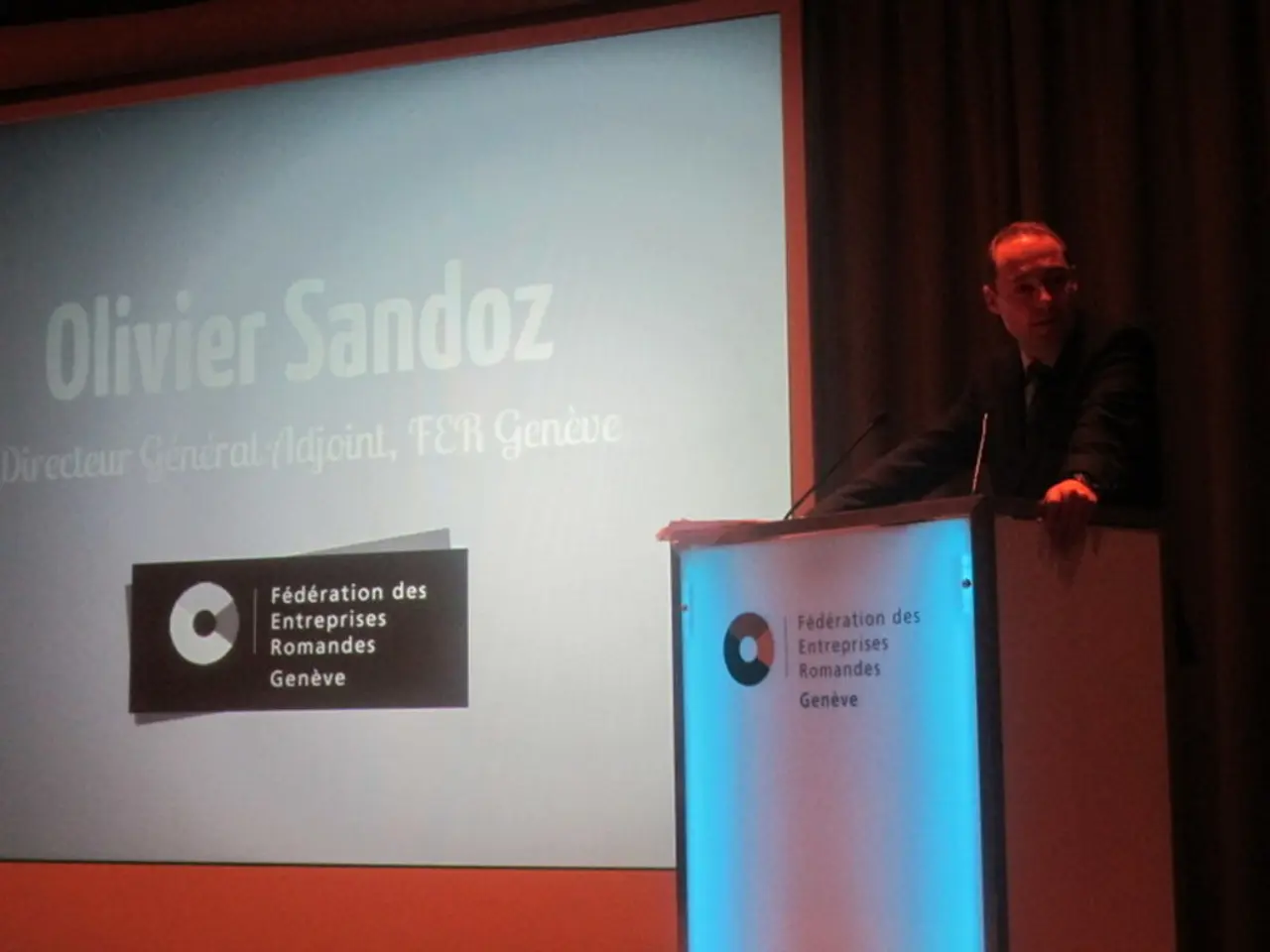Computer Science's Approaching Horizon
In the realm of technology, quantum computing is making headlines with its groundbreaking potential. Companies such as Google and IBM are leading the charge, with Google's Sycamore processor and IBM's Condor chip boasting impressive qubit counts of 53 and over 1,100, respectively. However, as we approach mid-2025, the path to scalable, fault-tolerant quantum computers remains fraught with significant challenges.
Recent experimental breakthroughs have been a beacon of hope. Google's Willow processor demonstrated below-threshold quantum error correction with 105 qubits, a critical step towards fault tolerance. IBM aims to build a 200-logical-qubit system named Starling by 2028, while D-Wave continues to develop quantum annealing systems with over 5,000 qubits, focusing on optimization tasks.
The push towards fault-tolerant quantum computing is multifaceted. Noisy Intermediate-Scale Quantum (NISQ) devices, currently available but limited by errors and coherence times, are being superseded by efforts to create more robust systems using error correction codes. This requires reliable physical qubits and scalable architectures.
Multiple qubit technologies are being explored and benchmarked for industrial viability. Superconducting qubits, used by IBM and Google, are the most widely used method today. Other contenders include trapped ions, topological qubits (Microsoft's bet is on topological qubits using exotic particles called Majorana fermions), photonic qubits, and neutral atom quantum computing.
Initiatives like DARPA's Quantum Benchmarking Initiative (QBI), starting in 2024, are rigorously evaluating claims and pathways by various companies to determine whether industrially useful quantum computers can be built by 2033. Logical qubit systems with around a hundred qubits are expected within the next few years, moving beyond today's available prototypes but still short of full fault tolerance.
The development of quantum computing is not confined to just the computers themselves. Advances in quantum communication and sensing are developing alongside, forming a broader quantum technology ecosystem projected to generate tens of billions in revenue by 2035. New algorithms and integration with classical computing and AI may also accelerate hardware and software advances.
Despite the promising progress, challenges remain. Fundamental scalability limitations such as quantum memory constraints, error rates, and competing classical algorithms that simulate quantum advantages still pose obstacles. Qubits are delicate and lose their quantum properties easily due to decoherence, requiring them to be kept very cold.
Quantum computers have the potential to solve problems that classical computers struggle with, such as simulating molecular behaviours and complex encryption. However, classical computers are facing a limit as logic gates are approaching the size of an atom. Quantum computers, using qubits that can be in multiple states simultaneously, could potentially overcome these limitations.
One area where quantum computers have already made strides is in quantum annealing, used by D-Wave. While not universal like other quantum computers, quantum annealers are good at solving optimization problems. China's Jiuzhang project, developed by a team at the University of Science and Technology of China (USTC), has demonstrated impressive results using photonics.
In conclusion, the development of quantum computers in 2025 is characterised by experimental milestones in error correction and qubit count scaling, multiple qubit technologies being explored and benchmarked, and concerted efforts to reach fault-tolerant machines within a decade or so. Progress continues on hardware, software, and supporting quantum technologies, although large-scale, error-corrected quantum computers remain a future goal rather than an immediate reality.
Photography could capture the spotlight as quantum computing evolves, with its potential to revolutionize the history of technology. Quantum computers, with their unique ability to process information using qubits, could lead to breakthroughs in solving complex optimization tasks, similar to how photons, the particles of light, facilitate image formation in photography.
The ongoing development of error correction codes in quantum computing could be likened to the advancements in film and digital technology in photography. Just as film was eventually replaced by digital cameras due to improvements in storage media and processing capabilities, traditional computing methods may soon be surpassed by fault-tolerant quantum computers.




